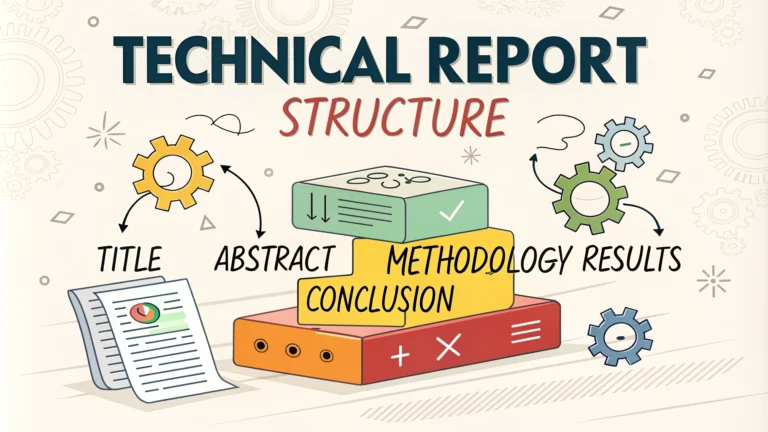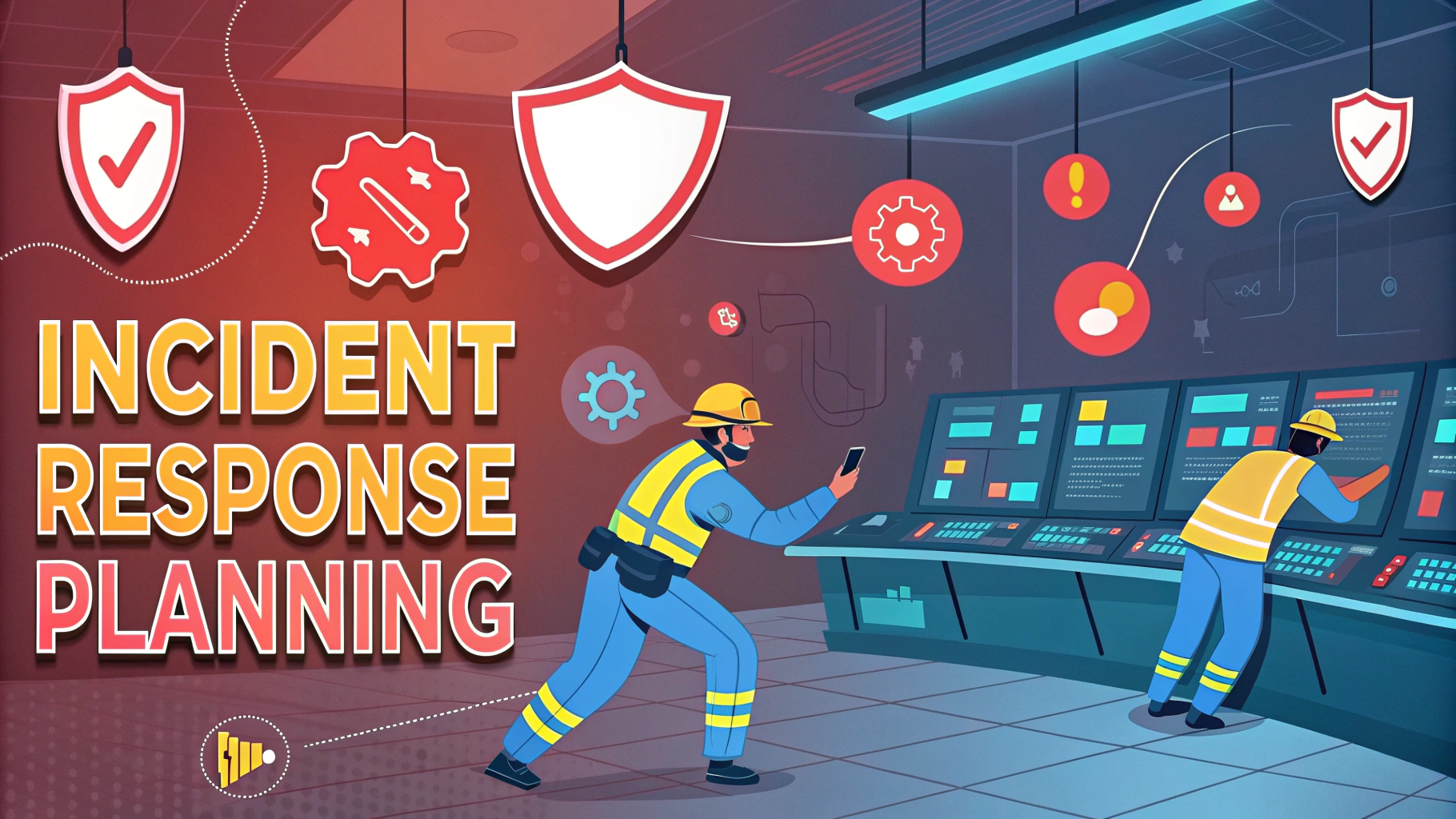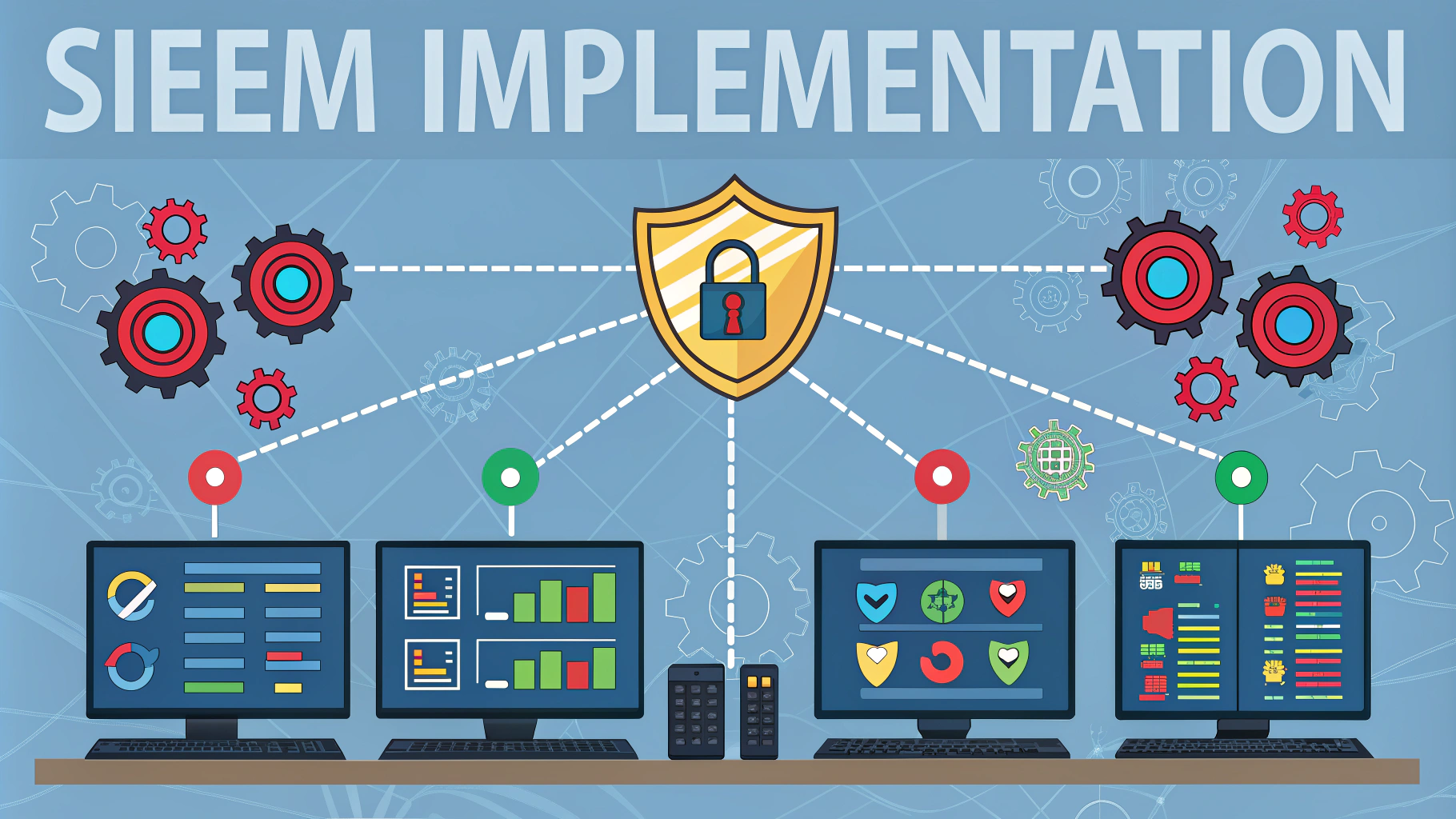A penetration testing technical report documents security assessment findings, vulnerabilities, and recommended fixes for organizations.
Professional pentesters follow structured reporting templates to communicate complex technical information clearly to both technical and non-technical stakeholders.
This guide examines the key components and best practices for creating effective penetration testing reports that drive action.
Essential Report Components
- Executive Summary – High-level overview of scope, methodology, and key findings
- Testing Methodology – Tools, techniques and approach used
- Scope Definition – Systems, networks and applications tested
- Risk Ratings – Severity classification of identified vulnerabilities
- Detailed Findings – Technical analysis of each vulnerability
- Remediation Steps – Specific recommendations to address issues
- Supporting Evidence – Screenshots, logs and technical artifacts
Writing the Executive Summary
The executive summary should be written last, after completing the technical analysis.
- Keep it under 2 pages
- Focus on business impact
- Highlight critical findings first
- Include scope and testing period
- Summarize key statistics
- Avoid technical jargon
Documenting Technical Findings
Each vulnerability finding should follow this structure:
- Title – Clear description of the issue
- Risk Rating – Critical/High/Medium/Low classification
- Affected Systems – Impacted assets and components
- Description – Technical details of the vulnerability
- Proof of Concept – Steps to reproduce the issue
- Impact – Potential consequences if exploited
- Remediation – Specific fix recommendations
Risk Rating System
| Severity | Description |
|---|---|
| Critical | Direct system compromise, data breach potential |
| High | Significant security impact requiring urgent fixes |
| Medium | Moderate risk that should be addressed |
| Low | Minimal impact, can be fixed over time |
| Info | Informational findings, no direct risk |
Supporting Evidence Guidelines
- Include clear screenshots showing vulnerability proof
- Redact sensitive data like passwords and PII
- Document exact commands and tools used
- Maintain organized evidence folders
- Reference evidence clearly in findings
Best Practices for Effective Reports
- Use consistent formatting and structure
- Write clearly for technical and non-technical readers
- Prioritize findings by business risk
- Provide actionable remediation steps
- Include an appendix with technical details
- Have peer reviews before delivery
- Follow report template standards
Taking Your Reports Further
Consider using report automation tools like PlexTrac, Dradis or PenTest.WS to streamline documentation.
Follow established frameworks like OWASP, PTES, and NIST for methodology references.
Join professional communities like OWASP (https://owasp.org) to stay current with reporting best practices.
Report Distribution and Stakeholders
- Define clear report distribution channels
- Establish confidentiality markings
- Create targeted versions for different audiences
- Schedule review meetings with key stakeholders
- Track remediation progress and follow-ups
Quality Assurance Steps
- Verify technical accuracy of findings
- Check for consistent risk ratings
- Validate remediation recommendations
- Review grammar and formatting
- Ensure all evidence is properly sanitized
- Cross-reference findings with scope
Report Delivery and Presentation
Delivery Format
- Encrypted PDF for final delivery
- Separate technical appendices
- Executive presentation slides
- Raw data exports if requested
Presentation Guidelines
- Prepare key findings walkthrough
- Focus on business impact
- Address stakeholder questions
- Discuss remediation timeline
Driving Security Improvement Through Reporting
Effective penetration testing reports serve as roadmaps for security enhancement. They bridge technical findings with business objectives and enable organizations to make informed security decisions.
- Track remediation progress over time
- Compare results across multiple assessments
- Measure security program maturity
- Build continuous improvement cycles
- Demonstrate security ROI to leadership
FAQs
- What are the essential components of a penetration testing technical report structure?
The essential components include an executive summary, methodology, scope, findings and vulnerabilities, risk ratings, remediation recommendations, and appendices with technical details. - How should vulnerabilities be categorized in a penetration testing report?
Vulnerabilities should be categorized by severity levels (Critical, High, Medium, Low) and include CVSS scores, affected systems, and clear technical descriptions of each finding. - What information belongs in the executive summary of a penetration test report?
The executive summary should include project objectives, key findings, overall risk assessment, number of vulnerabilities by severity, and high-level recommendations for stakeholders. - How should remediation steps be presented in the report?
Remediation steps should be prioritized by risk level, include detailed step-by-step instructions, timeline recommendations, and verification procedures to confirm successful implementation. - What testing methodology details should be included in the report?
Testing methodology should detail the tools used, testing approach (black/white/grey box), standards followed (like OWASP), phases of testing, and any limitations encountered. - How should screenshots and evidence be incorporated into the report?
Screenshots should be clearly labeled, redacted of sensitive information, annotated to highlight specific issues, and placed in relevant sections or appendices with proper context. - What compliance and regulatory requirements should be addressed in the report?
The report should reference relevant standards (PCI DSS, HIPAA, ISO 27001, etc.) and map findings to specific compliance requirements when applicable. - How should the scope and limitations section be structured?
The scope section should clearly define tested systems, networks, and applications, testing timeframes, and explicitly state any excluded items or testing limitations. - What risk rating methodology should be used in the report?
Risk ratings should use a standardized methodology (like CVSS), clearly explain the rating criteria, and consider both technical impact and business context. - How should testing artifacts be handled in the report?
Testing artifacts like raw scan data, scripts, and detailed technical outputs should be included in appendices, properly sanitized of sensitive data.








